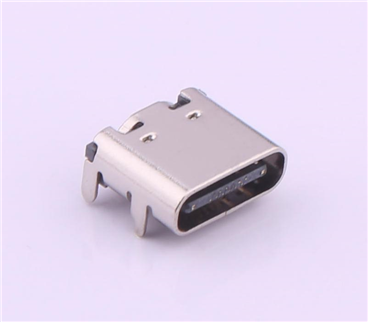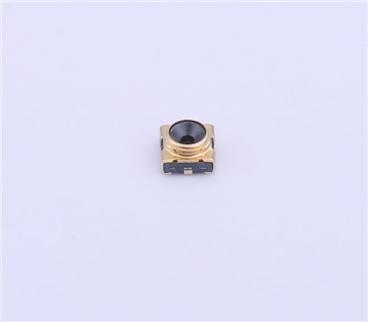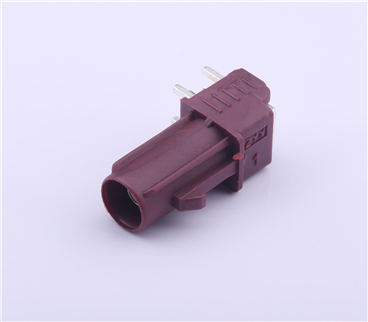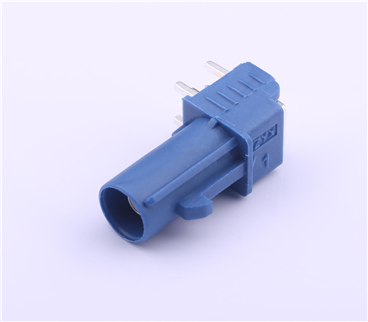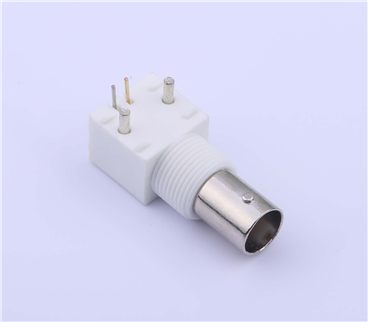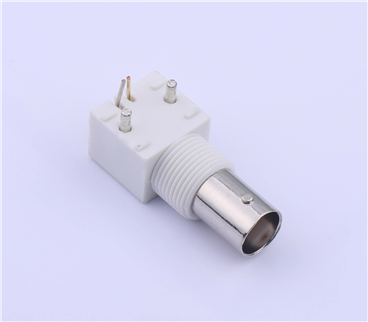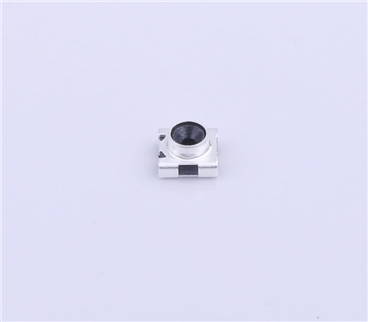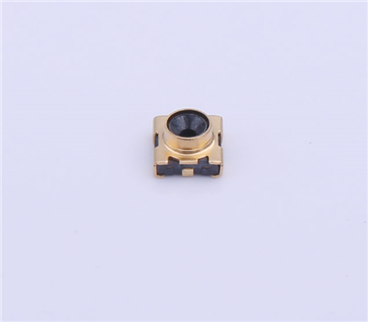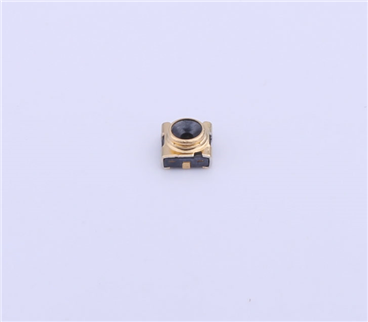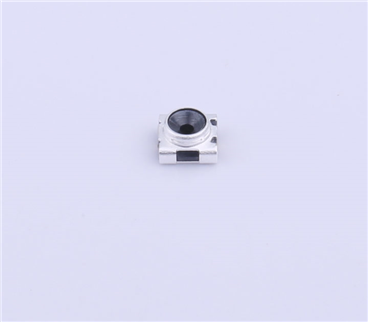Service hotline
+86 0755-23615795
Release date:2025-08-01Author source:KinghelmViews:236
In smart device design, engineers often struggle with a key question: can Bluetooth antennas and WiFi antennas be shared? Since both operate in the 2.4GHz ISM band, many assume a single antenna can “do both.” But real-world tests show that blind interchangeability can cause signal strength to drop by over 30% (e.g., WiFi speed falling from 150Mbps to 50Mbps), and may even lead to frequent connection drops. This article analyzes the boundaries of their interchangeability from three perspectives: technical specs, design differences, and actual performance.
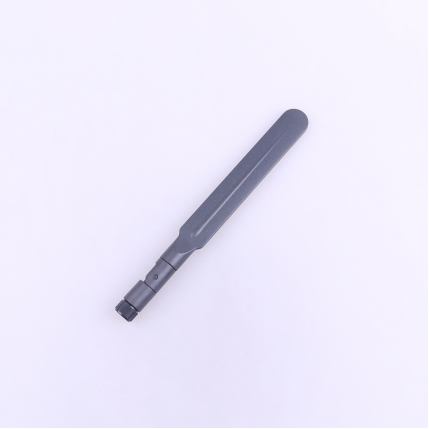
Bluetooth (Classic/BLE) and WiFi (2.4GHz band) share two key physical-layer similarities, which fuel the idea that they might be interchangeable:
1. Shared Frequency Band:
Both use the 2.4–2.485GHz ISM license-free band, with an overlapping range of about 85% (Bluetooth covers 2.4–2.485GHz; 2.4GHz WiFi covers 2.4–2.472GHz). Theoretically, they can receive each other’s RF signals.
2. Same Impedance Matching:
Both follow the standard RF system impedance of 50Ω. This means their input impedance targets match, so physically swapping antennas (soldering or plugging) won’t cause circuit shorts.
Despite surface-level commonalities, differences in communication characteristics lead to fundamental antenna design distinctions, directly limiting interchangeability:
lBluetooth antennas: Only need to cover 2.4–2.485GHz (85MHz bandwidth). Designs focus on optimizing gain within this narrow range, with little to no response outside (e.g., 5GHz).
lWiFi antennas: Must cover 2.4–2.472GHz for 2.4G WiFi, and often also 5.15–5.85GHz for 5G WiFi (dual-band). The bandwidth is 3–10× that of Bluetooth antennas.
Result: Using a Bluetooth antenna for WiFi (e.g., a router) only barely supports 2.4G WiFi (signal loss of 10–15dB), and completely fails to support 5G WiFi (over 90% signal loss).
lBluetooth: Uses GFSK modulation; single channel bandwidth ~1MHz. Antennas are tuned for “narrowband” performance, poorly handling wider signals.
lWiFi: Uses OFDM modulation at 2.4GHz; single channel bandwidth ~20MHz (802.11n). Requires antennas with wider bandwidth (≥20MHz), or else signal distortion occurs (speed drops from 150Mbps to 54Mbps).
Test data: Connecting a 2.4G WiFi device through a Bluetooth antenna shows average throughput drop of 40%, and packet loss rises from 1% to 8% at a 5m distance.
lBluetooth antennas: Aim for short-range, omnidirectional coverage. Gain typically 0–2dBi, with 360° horizontal radiation, ideal for phones, headsets, etc., within ~10m.
lWiFi antennas: Must handle mid- to long-range transmission (10–50m). Gain is often 2–5dBi; some use directional designs (e.g., panel antennas, 5–10dBi) focusing signals in specific directions.
Issue: Using a directional WiFi antenna in place of a Bluetooth antenna can create “dead zones” (signal drops >20dB outside the beam). Using a low-gain Bluetooth antenna for WiFi cuts range by over 50% (e.g., from 30m down to 12m).
lBluetooth: Uses frequency hopping (1,600 hops/sec) to avoid interference; antenna design prioritizes stability during fast channel switching.
lWiFi: Relies on wideband interference resilience (e.g., CCK coding); antennas must keep consistent performance across a wide band (VSWR ≤1.5 over ≥50MHz).
Conflict: In crowded 2.4GHz environments (Bluetooth speakers, WiFi routers, microwaves), a shared antenna often “can’t please both”: either Bluetooth keeps disconnecting, or WiFi speeds fluctuate dramatically.
lIf the device only supports 2.4G single band (e.g., older 802.11b/g WiFi modules), used within ≤5m and at low data rates (e.g., WiFi only transfers text), a Bluetooth antenna might temporarily substitute. Signal strength drops ~10dB (RSSI -60dBm → -70dBm), but communication still works.
lSimilarly, a 2.4G WiFi antenna can temporarily connect to a Bluetooth device (like a BLE sensor) within ≤3m, but interference resistance weakens (packet loss jumps from 5% to 15% under same-channel interference).
lWiFi needs 5GHz support: Bluetooth antennas only cover 2.4GHz; cannot receive 5GHz signals (e.g., 802.11ac/ax devices), making 5G WiFi unusable.
lHigh-speed transfer: WiFi streaming video (≥100Mbps) or Bluetooth streaming HD audio (aptX) demands bandwidth beyond what shared antennas can handle, leading to stuttering (video frame rate drops from 30fps to 15fps).
lIndustrial-grade stability: In factories, medical devices, etc., signal fluctuations (±5dB) from shared antennas may trigger errors (e.g., IoT sensor data interrupts).
lCheck frequency specs: In the datasheet, “2.4–2.485GHz” usually means Bluetooth-only; “2.4–2.5GHz + 5.15–5.85GHz” means dual-band WiFi antenna, which might temporarily support Bluetooth on 2.4G.
lMeasure signal strength: Using a spectrum analyzer, check gain at the 2.4GHz center frequency (2.442GHz): Bluetooth antennas should have ≥-1dB; WiFi antennas ≥0dB (large gaps = not interchangeable).
lReal-world test: Connect the antenna, then measure performance (e.g., WiFi speed test, Bluetooth RSSI). If performance drops ≤20%, it might be usable temporarily; otherwise, replace with a dedicated antenna.
Bluetooth and WiFi antennas overlap in the 2.4GHz band, but due to differences in bandwidth, gain, and interference design, they’re unsuitable for shared use in most long-term or high-performance scenarios.
For emergency use, sharing may be possible in 2.4G-only, short-range, low-speed situations, but expect signal loss and weaker interference protection.
For devices needing stable, reliable performance—like consumer electronics and IoT—always choose dedicated antennas: a 2.4G omnidirectional low-gain antenna for Bluetooth, and a dual-band wideband antenna for WiFi. This is the best way to avoid signal issues.
